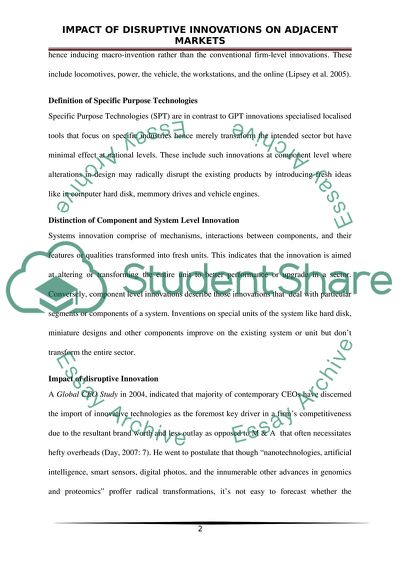Cite this document
(The Impacts of Disruptive Technologies on Established Markets Leaders Research Paper, n.d.)
The Impacts of Disruptive Technologies on Established Markets Leaders Research Paper. Retrieved from https://studentshare.org/technology/1745135-impact-of-disruptive-innovation-on-adjacent-markets-contrasting-component-and-system-level-innovation
The Impacts of Disruptive Technologies on Established Markets Leaders Research Paper. Retrieved from https://studentshare.org/technology/1745135-impact-of-disruptive-innovation-on-adjacent-markets-contrasting-component-and-system-level-innovation
(The Impacts of Disruptive Technologies on Established Markets Leaders Research Paper)
The Impacts of Disruptive Technologies on Established Markets Leaders Research Paper. https://studentshare.org/technology/1745135-impact-of-disruptive-innovation-on-adjacent-markets-contrasting-component-and-system-level-innovation.
The Impacts of Disruptive Technologies on Established Markets Leaders Research Paper. https://studentshare.org/technology/1745135-impact-of-disruptive-innovation-on-adjacent-markets-contrasting-component-and-system-level-innovation.
“The Impacts of Disruptive Technologies on Established Markets Leaders Research Paper”, n.d. https://studentshare.org/technology/1745135-impact-of-disruptive-innovation-on-adjacent-markets-contrasting-component-and-system-level-innovation.


